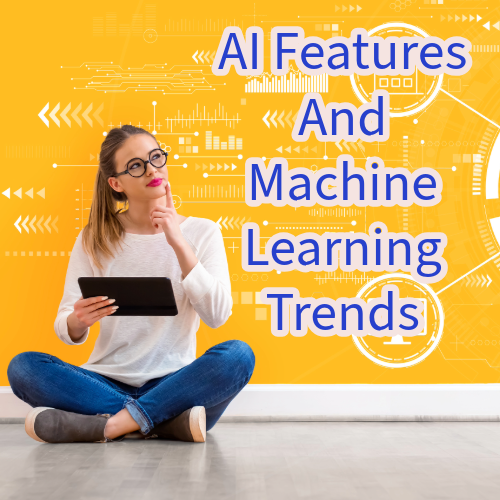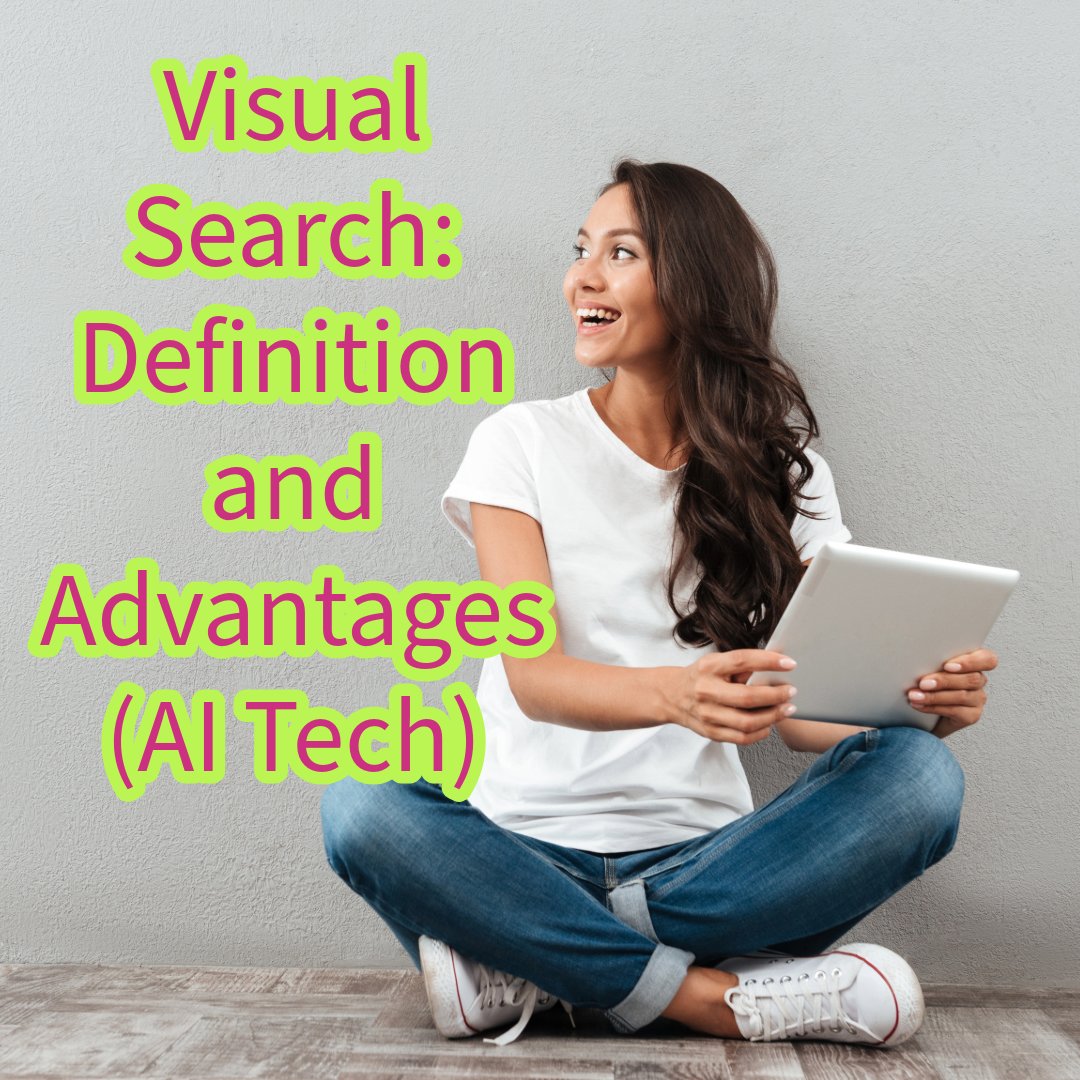
Artificial Intelligence (AI) and machine learning (ML) are at the forefront of technological innovation. These powerful technologies will change businesses, brands, the online world, and our lives.
As AI capabilities expand and ML algorithms become more sophisticated, new features and trends, are reshaping how businesses operate and how people interact with technology.
Here are some cutting-edge features of AI and the latest trends in ML that are shaping the future.
AI Features And Machine Learning Trends

AI Features
- Natural Language Processing (NLP)
Natural Language Processing (NLP) is one of the most dynamic areas of AI, enabling machines to understand, interpret, and generate human language.
With new advancements, NLP models can now engage in more natural and coherent conversations, perform complex text analysis, and assist in a wide range of applications from customer service to content creation.

- Computer Vision
Computer vision technology allows machines to interpret and make decisions based on visual data.
Features like image recognition, object detection, and facial recognition are now integrated into various applications, like autonomous vehicles, security systems, and healthcare diagnostics.
- Reinforcement Learning
Reinforcement learning means AI machines can learn by interacting with their environment and receiving feedback.
This approach is particularly effective in developing intelligent systems for robotics, game-playing, and autonomous decision-making.
The AI technology can improve its performance through trial and error.

- Explainable AI (XAI)
As AI systems become more complex, understanding their decision-making processes becomes crucial. Explainable AI will make AI’s inner workings transparent, providing insights into how models reach their conclusions.
This feature is essential for building trust in AI applications (particularly in sensitive areas like healthcare, finance, and law).
- AI Ethics and Bias Mitigation
Ethical considerations and bias mitigation are prioritized in AI development. Techniques to detect and reduce bias in AI models are implemented to ensure fair outcomes.
This focus helps address concerns about AI ethics.

Machine Learning Trends
- AutoML
Automated Machine Learning (AutoML) is revolutionizing how ML models are developed. AutoML platforms automate the end-to-end model development, from data preprocessing to model selection and AI parameters.
This trend democratizes ML by enabling non-experts to build high-performing models and accelerating the workflow for data scientists.
- Federated Learning – Data Privacy
Federated learning is a decentralized approach to ML where models are trained across multiple devices or servers holding local data samples, without exchanging them.
This method enhances data privacy and security, as raw data remains on local devices.
It’s particularly relevant in sectors like healthcare and finance, where data privacy is paramount.

- Edge AI
Edge AI refers to running AI algorithms directly on edge devices such as smartphones, IoT devices, and sensors, rather than relying on cloud computing.
This trend reduces latency, enhances real-time decision-making, and lowers bandwidth costs.
As hardware capabilities improve, edge AI is becoming more feasible and widespread.
- AI in Cybersecurity
AI and ML are applied to cybersecurity, providing advanced threat detection, predictive analytics, and automated response systems.
These technologies can analyze vast amounts of data to identify patterns and anomalies indicative of potential security breaches, enhancing the ability to address threats.

- AI for Personalization
Personalization powered by AI is transforming customer experiences across industries. By analyzing user behavior and preferences, AI systems can tailor recommendations, content, and services to users.
This trend is evident in e-commerce, entertainment, and digital marketing, where personalized experiences drive engagement, satisfaction, and sales.
Challenges and Future Directions
Despite the remarkable progress, AI and ML face several challenges. Ensuring data privacy and security, addressing ethical concerns, and mitigating biases remain critical.
Additionally, the need for skilled professionals to develop and maintain AI systems continues to grow.

Looking ahead, the future of AI and ML is promising.
Continued research and innovation will build more sophisticated and capable systems.
Areas like unsupervised learning, where AI models learn without labeled data, and general AI, which aims to create machines with human-like intelligence, will see significant advancements.
AI and machine learning are transforming the technological landscape, offering powerful features and driving trends that impact society.
AI technology will build a smarter and more connected world.
AI Tools for You
https://www.bestprofitsonline.com/myblog/newai
Tip
How To Improve Your Social Media Marketing








































